A stroll through the history of Inalco
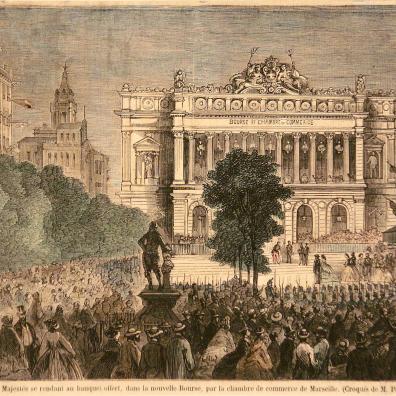
The scholarship system developed rapidly in the second half of the 19th century, making it easier to finance the higher education of assiduous and talented students.
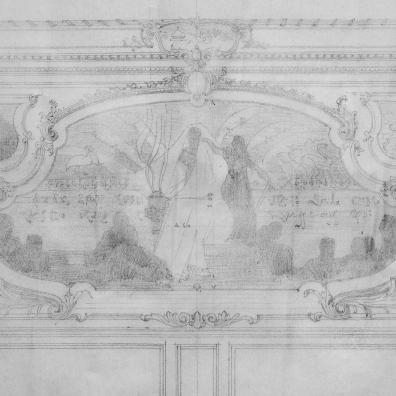
On 24 March 1904, the Ministry of Public Education commissioned a panel to decorate the school's "grand salon".
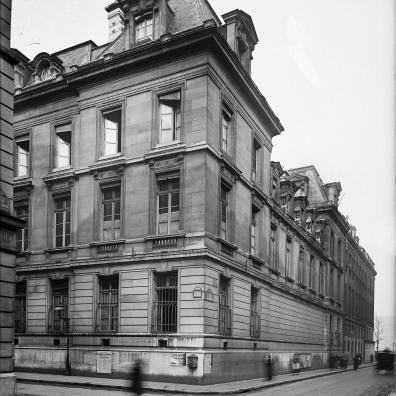
At the end of the 19th century, the École des langues orientales was still lit (and heated) by gas. This system remained the majority in Paris until the early 1920s, when the incandescent bulb began to compete with it.
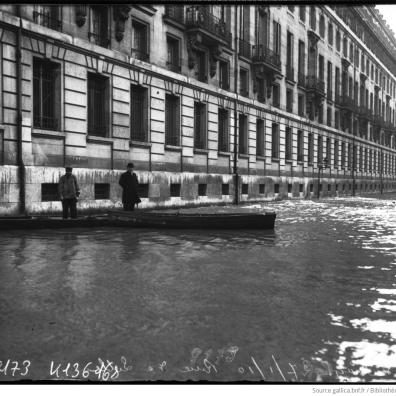
Being located close to a river is not without its pleasures, but it also sometimes poses minor problems.

If you've ever wandered around the Maison de la Recherche, you may have spotted a curious locked cabinet containing large-format books.
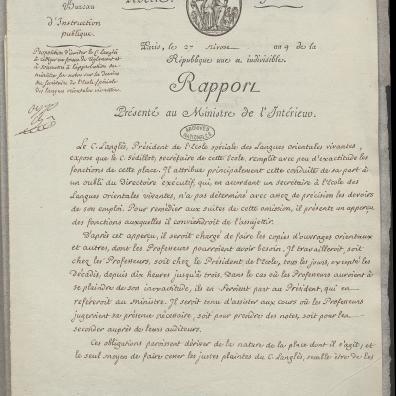
Valérie Liger-Belair now occupies the position of "Director General of Services", but it is an old one, created just three years after the school was founded.

In 1870, as the French and Prussian armies clashed, the École impériale des langues orientales went through a period of transformation and found itself caught up in the turmoil of the double siege of Paris.
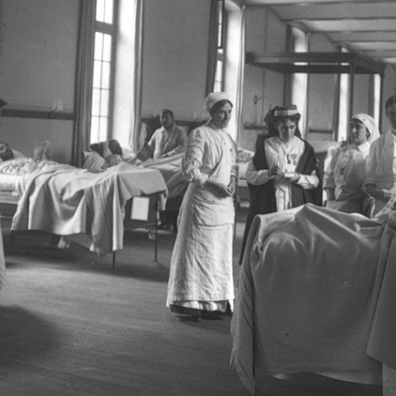
When the Great War broke out, the ֤École was quickly called into action.
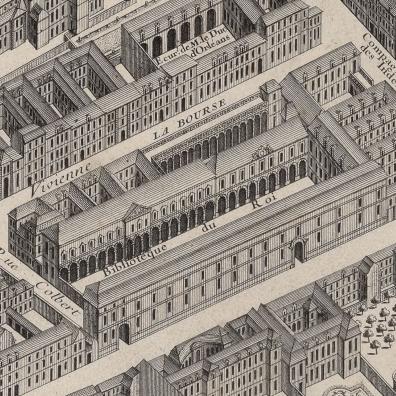
While students and teachers at Inalco can now take advantage of two buildings entirely dedicated to the study of oriental languages and civilizations, this was not always the case.
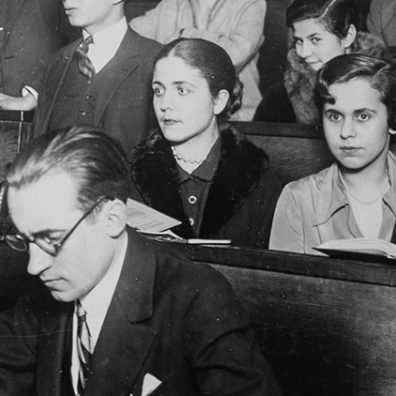
In 1888, the first female students graduated from the École des Langues Orientales: Florence Groff in Persian and Marie Talbotier in Literal Arabic and Vulgar Arabic.
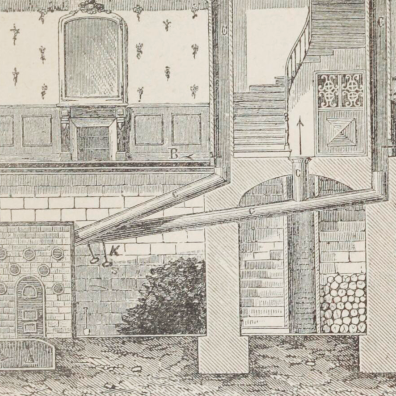
With the onset of winter, the question of heating the classrooms is on our minds. This is not a new problem; it was already a problem when the school moved to 2 rue de Lille.
Illustrated with documents from our archives, each month they will highlight a singular episode in the lives of students, teachers and staff alike. A cycle of historical narratives proposed by the Scientific Information, Archives and Heritage Department (SISAP), in support of the "History of Inalco" project manager.